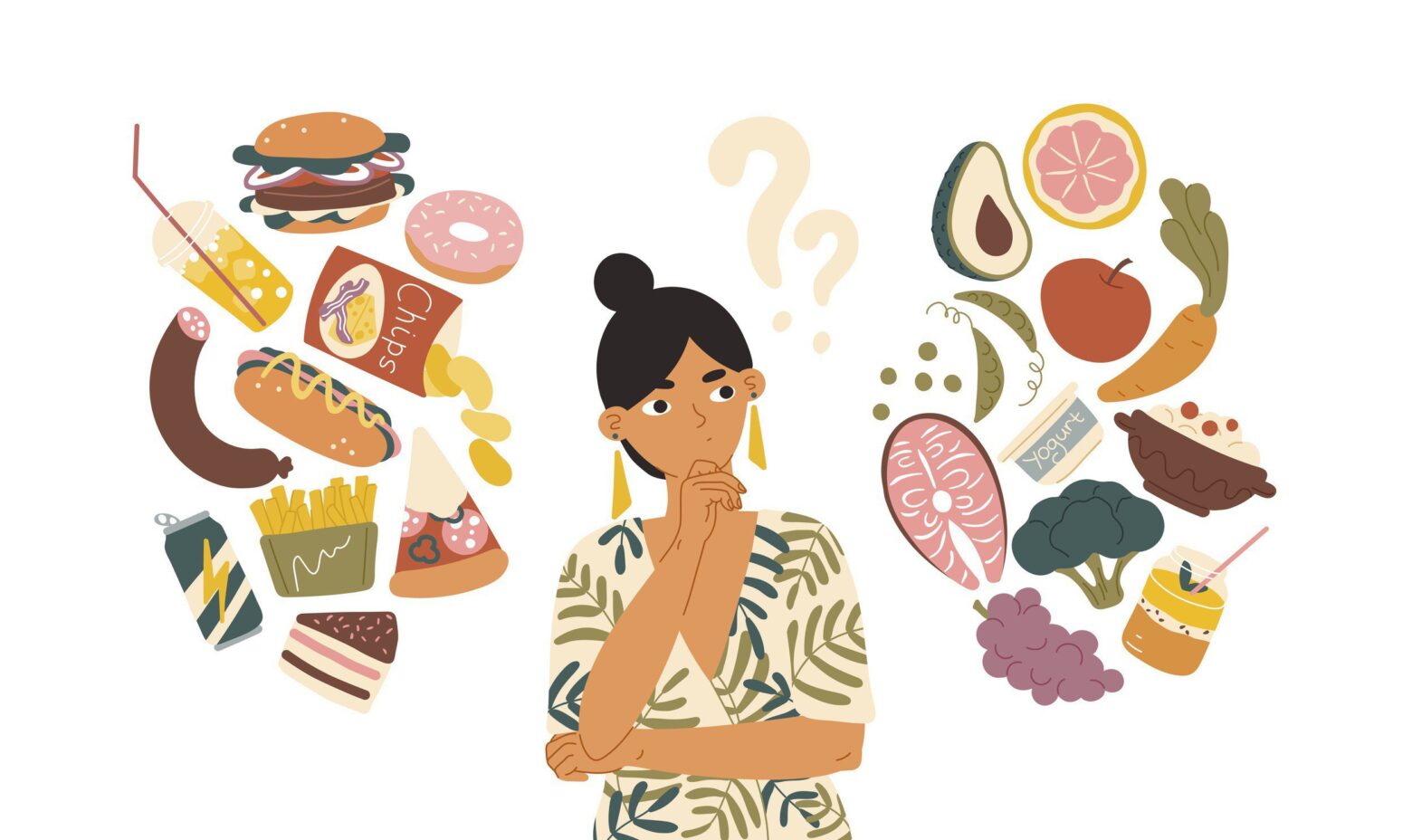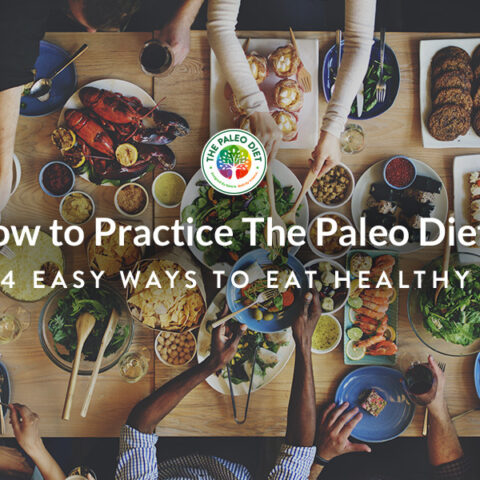Explaining The Paleo Diet 85/15 Principle

If you are new to The Paleo Diet®, you might be wondering about our 85/15 principle. By this, we mean consuming 85 percent of your meals from Paleo foods and enjoying 15 percent from non-Paleo foods.
It turns out, this concept is one of the greatest aspects of The Paleo Diet—flexibility makes The Paleo Diet sustainable. You don’t have to follow The Paleo Diet 100 percent of the time to see great results. For most people, taking this approach will still provide the health benefits of adopting a modern Paleo Diet.
Dr. Loren Cordain, who pioneered the modern concepts of The Paleo Diet, believes that there are specific reasons why you can achieve great results when you’re eating a Paleo food plan 85 percent of the time. Here’s how it works.
The Paleo Diet Is Not All or Nothing
It’s easy to feel overwhelmed when you scan the “rules” of The Paleo Diet. No grains, dairy, soy, or any legumes… ever? But what can you eat on The Paleo Diet?
The Paleo Diet is built around nutrient-dense foods, like high-quality meats, healthy fats, plenty of vegetables and fruit, and some nuts and seeds. We do not ask you to count calories or restrict calories. We do not have a guideline for macronutrients (protein, fat, carbohydrate). We want you to feel full of energy and never sluggish.
It’s easy to assume that you have to follow the rules 100 percent of the time to see any real benefits. While that’s true of people who have serious health conditions like autoimmune or people with Celiac disease who need to follow a gluten-free therapeutic food plan, strict adherence is not a factor in a normal Paleo Diet. [1]
Dr. Cordain has said that for those who are following The Paleo Diet and seeking better health or weight loss, these results are possible with 85 percent compliance. That means three meals per week can be whatever you want—no worries about whether they’re Paleo or not. And Dr. Mark J. Smith, our Chief Science Officer, has found over 30 years of clinical practice that many people see positive health improvements at lower levels of compliance with The Paleo Diet.
The more closely you follow The Paleo Diet, the more most people see health gains. Keep in mind that if you’re obese or dealing with more substantial health issues, sticking with Paleo 95 percent of the time will get you better results. That means you would only have one “cheat” meal per week.
Why 85/15 and not 50/50?
The 85/15 guideline isn’t meant to be exact. Setting a goal will get better results than none at all. If you can only achieve The Paleo Diet 50 percent of the time, that’s better than not at all.
Ultimately, the principle behind 85/15 is to have some days that follow strict adherence and others that provide flexibility. Using the three “cheat” meals each week on the same day, or spread over two or three days is better for Paleo Diet benefits than having two Paleo meals and one non-Paleo meal every single day. It’s about how food interacts with your digestive tract.
The Modern Paleo Diet Can Help
A modern Paleo Diet mimics the traditional dietary approach taken by ancestral cultures who lived long, healthy lives. The modern Paleo eater has the benefit of emergency medicine and fewer threats to existence (like wild animals and weather extremes), so when ancient dietary principles are incorporated into modern life, an overall greater potential for longevity and health are possible.
A modern Paleo Diet also provides a notable benefit for the microbiome. Compared to those who eat a Mediterranean diet, The Paleo Diet provides more gut diversity. [2] A gut that is well-populated with beneficial and friendly bacteria is essential, and The Paleo Diet supports this. This is why being strictly Paleo some days each week, or 85 percent of the time, provides benefits versus eating some Paleo and non-Paleo food every day.
The Bottom Line
You can get many of The Paleo Diet’s benefits by following it 85 percent of the time. This can make social outings or other aspects of food-related life easier. Many people find that they feel so great when following an ancestral diet that they lose the desire to eat conventionally, even for that extra 15 percent of the time. It’s really all about how it feels and works in your own life.
References
- Leffler D. (2011). Celiac disease diagnosis and management: a 46-year-old woman with anemia. JAMA, 306(14), 1582–1592. https://doi.org/10.1001/jama.306.14.1582
- Barone, M., Turroni, S., Rampelli, S., Soverini, M., D’Amico, F., Biagi, E., Brigidi, P., Troiani, E., & Candela, M. (2019). Gut microbiome response to a modern Paleolithic diet in a Western lifestyle context. PloS one, 14(8), e0220619. https://doi.org/10.1371/journal.pone.0220619
Aimee McNew
Aimee McNew is a nutritionist and writer who focuses on women’s health, infertility, and postpartum wellness.
More About The Author




